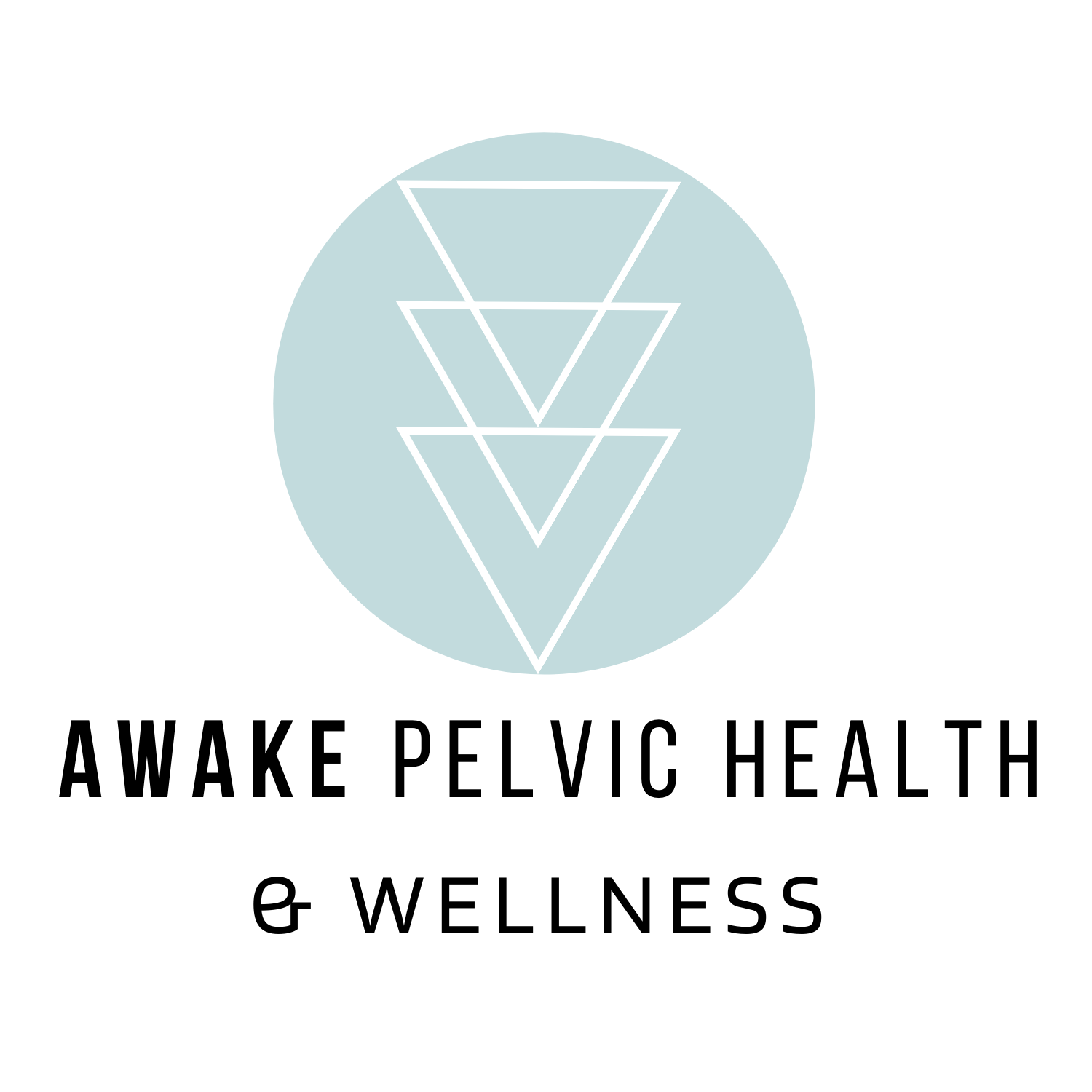Anatomy of a C-section
At Awake Pelvic Health & Wellness, we work with many moms who have had a c-section, or multiple c-section births. We like to educate our patients on the anatomy of a c-section with a simple felt model (see video below!) to help them understand how much healing has to happen at all the different layers. Once you understand all that goes into a c-section, it makes sense why we focus to heavily on core muscle rehab, strengthening, and manual therapy for scar tissue release.
During a C-section, a doctor makes an incision through seven different layers of tissue.
Skin
Subcutaneous fat
Fascia
Muscle
Peritoneum
Uterus
Amniotic Sac
Here are more details on how a c-section happens:
Incision Site: The abdominal incision is typically made horizontally just above the pubic bone. However, a vertical incision may be used in specific situations.
Layers of the Abdominal Wall: The abdominal wall consists of multiple layers, including the skin, subcutaneous fat, fascia, and the peritoneum (the lining of the abdominal cavity). Each of these layers is carefully cut through during the procedure.
Uterine Incision: After the abdominal incision, the surgeon will make an incision in the uterine wall. The most common uterine incisions are the low transverse (horizontal) or the low vertical (vertical) incisions.
Amniotic Sac Rupture: After the uterine incision, the amniotic sac (the fluid-filled membrane surrounding the baby) may be carefully ruptured to allow the baby to be lifted out.
Baby Delivery: Once the amniotic sac is ruptured, the surgeon gently delivers the baby through the uterine incision.
Placenta Removal: After the baby is delivered, the placenta is also removed from the uterus to prevent complications.
Closure: The uterine incision is meticulously closed with sutures that dissolve over time. The abdominal incision is closed with stitches or staples, which are typically removed within a week or two.
If you had a c-section and are struggling with pain or numbness at your scar, weakness in your core muscles, or tension at your scar, let’s chat. There are a variety of treatment strategies we use at our clinic to help you. Call us at 651-432-0250 or contact us HERE.


